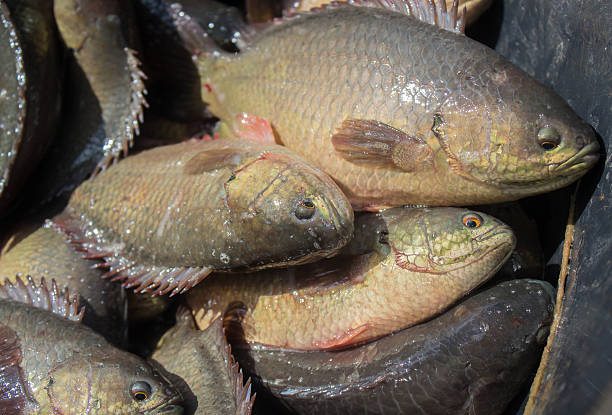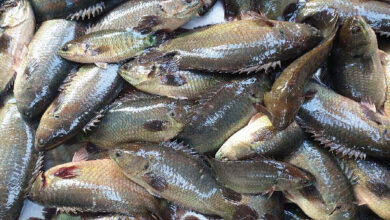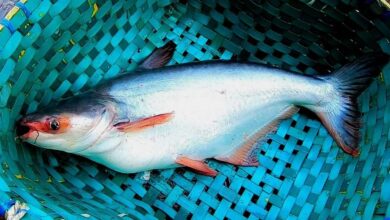
Vietnamese koi, which originated in Vietnam is becoming more and more popular among farmers in South Asian nations. The fish grows quickly and is in high demand in Bangladesh’s local market. A few strategies must be used if the Vietnamese koi fish farmer wants to make more profit.
Pond Preparation:
Seasonal ponds should be maintained at a depth of two feet, according to experts, while year-round habitats should be managed at a depth of five feet. The Koi fish’s metabolism greatly slows down during the winter when the water in your pond gets cold; they spend much of their time treading water at the bottom, where the warmest water is found. When preparing to introduce koi into a pond ecosystem, there are additional crucial parameters that need to be taken into account in addition to depth and temperature.
Effective management and purification of water are essential for the commercial Vietnamese koi fish growing industry. Depending on the conditions of the farming ponds, it involves various tasks including liming, fertilizing, and pulling hura (traditional water treatment) to remove harmful gases from the earthen pond’s bottom. Another essential component of water quality control is agitation.
Water Quality Maintenance:
Vietnam koi thrive in water that is between 15 and 30 degrees Celsius, pH 5.5 to 8.0, and hardness 36 to 447 parts per million. Since many fish species are known to grow more aggressive under warm environments, temperature may possibly be a factor. Despite being cold-water fish, koi do well in water that is between 59- and 77-degrees Fahrenheit. because the temperature of the water in which they reside affects their metabolism. The health of pondfish can be negatively impacted when the dissolved oxygen content drops below 4 to 5 milligrammes per litre. This has been connected to delayed fish growth, chronic disease, parasite outbreaks, and bacterial infections. Lower than 2 mg/liter levels are especially harmful and will frequently cause koi to perish.
Feed:
The fish can be fed commercial feed twice a day, in the morning and the afternoon. Koi fish require a greater protein content in their diet for optimal growth, hence the feed should have a minimum of 30% protein. Fish should be fed based on their body size, which is roughly 8% during the nursery stage, 5% during the juvenile stage, and 2-3% during the grow-out stage.
They should only be fed once a day in cooler water (below 70 degrees Fahrenheit but above 64 degrees). Feeding should cease completely when the water temperature falls below 55 degrees Fahrenheit, as their digestive systems will almost completely shut down. It is not until the water warms that their appetites return. It will stress your fish, lower dissolved oxygen levels in the water, and degrade the water’s quality. When the fish are actively feeding in considerably warmer water (76–82 degrees Fahrenheit), take care not to overfeed them because this can lead to an unhealthy bacterial population.
Stocking density:
In general, fry stocked at 10,000/decimal is accepted. After 20 to 22 days of nursing, the fry reach 5000 fry/kg (0.2 gramme for each fry). Following 20–22 days of nursing, release the fingerlings into the raising pond. 1500 to 2000/decimal is the stocking density. It is preferable to raise Vietnam koi fingerlings in an earthen pond. The raising earthen pond should have an ideal size of 50-60 decimal. The raising earthen pond should be between three and six feet deep.
Management of disease:
Diseases might arise during the period of culturing. Fish diseases can be caused by gloomy weather, low oxygen levels, overfeeding, fish injuries, etc. Fish like koi and tilapia are frequently afflicted with bacterial illnesses. To lessen the issue, water quality should also be increased. Fish that are dead or infected should be taken out of the pond very away. Strict adherence to biosecurity protocols is necessary to preserve the pond’s healthy aquatic ecology.
Farhana Islam
Agriculturist, Researcher


